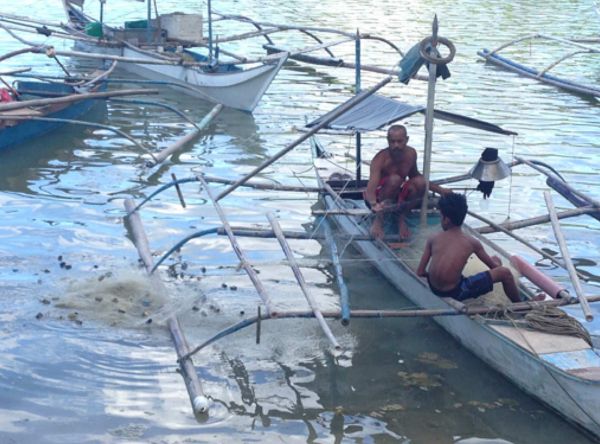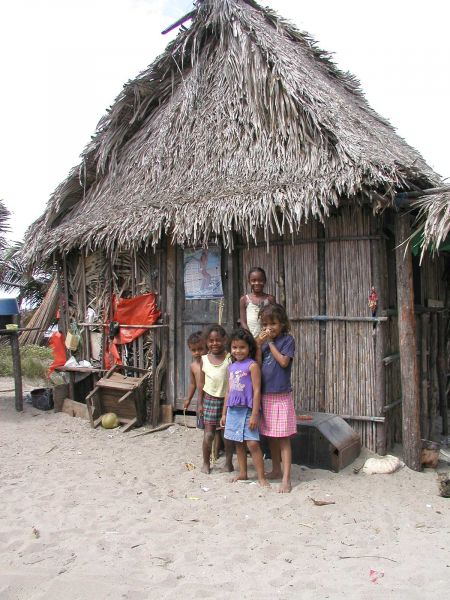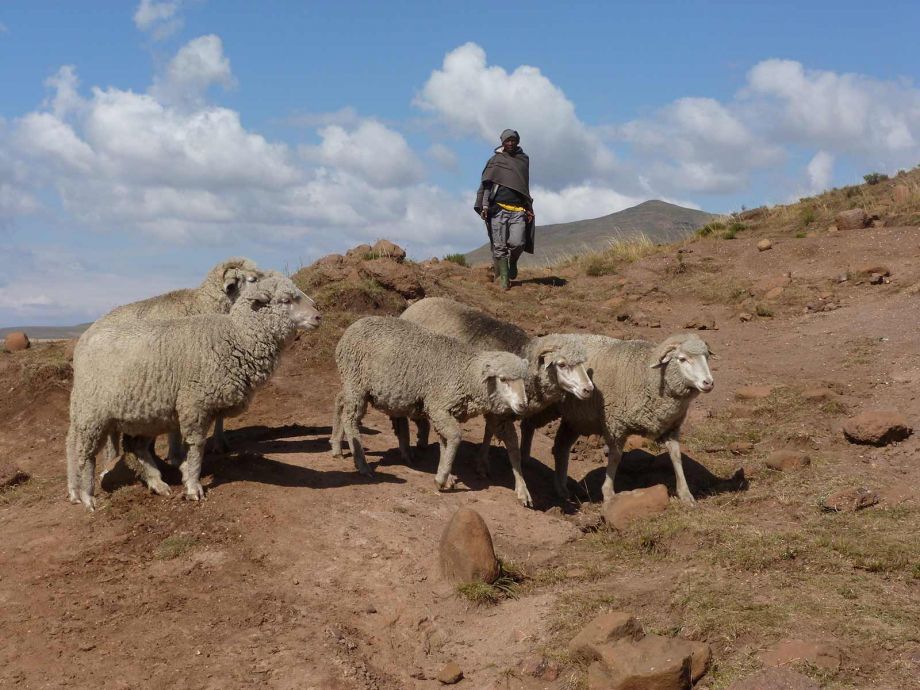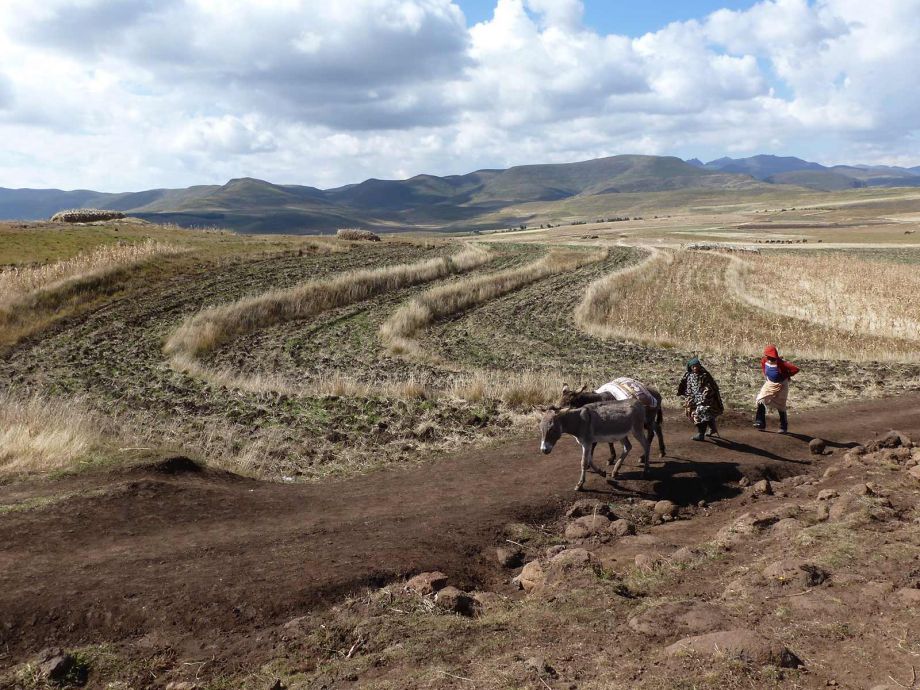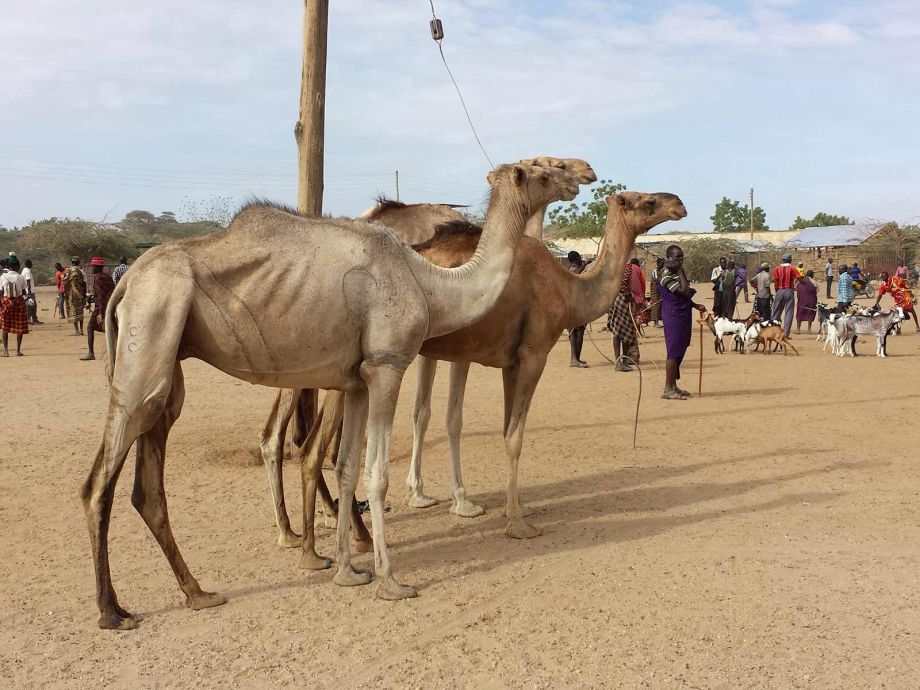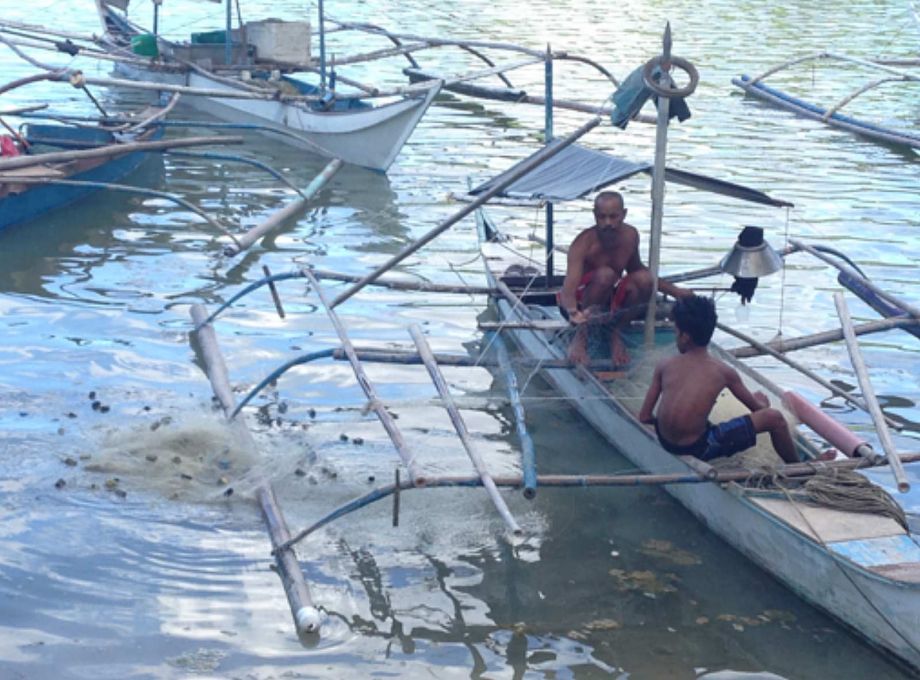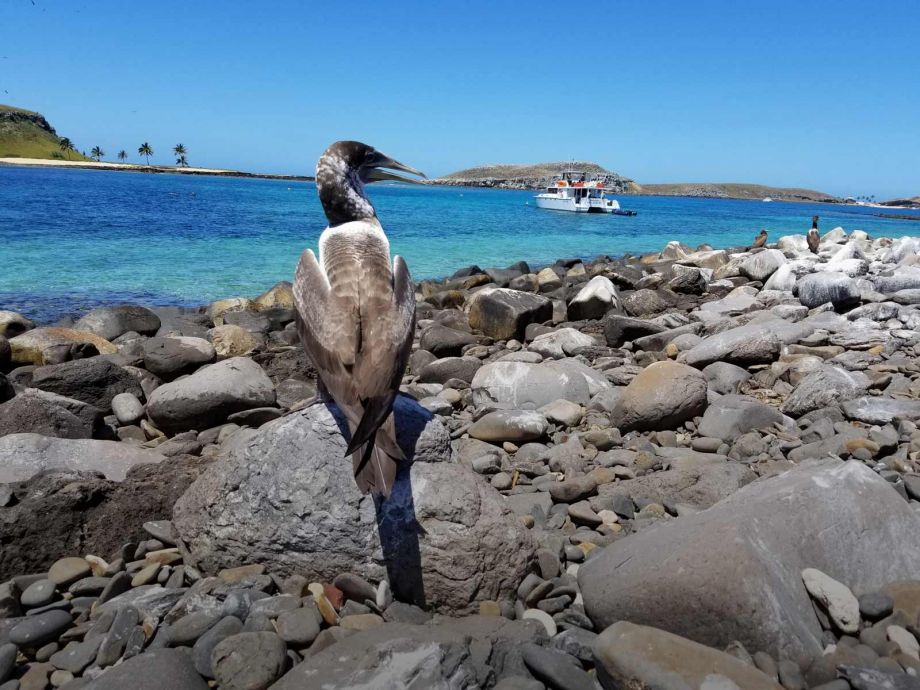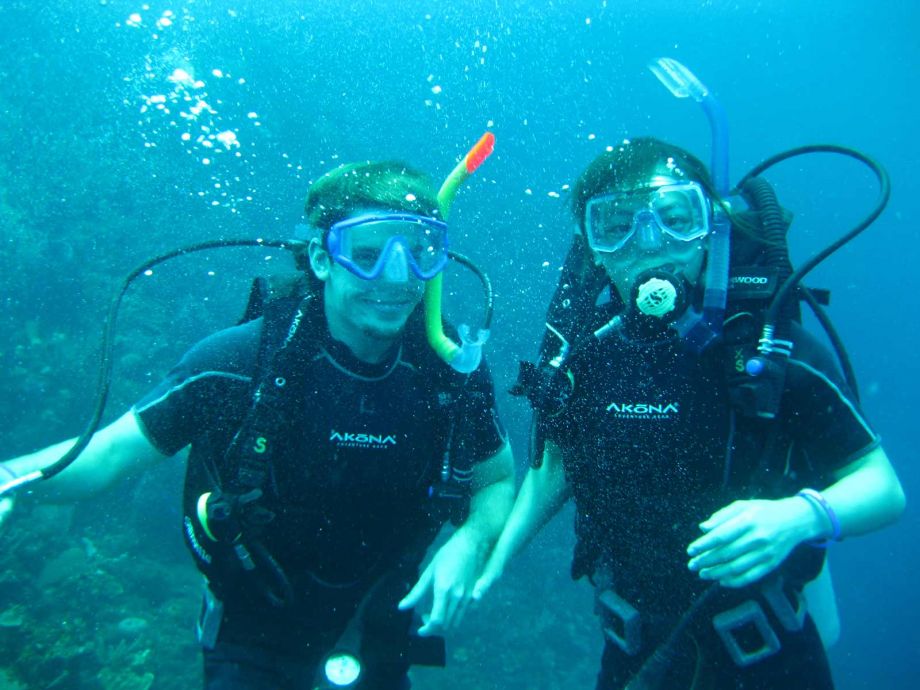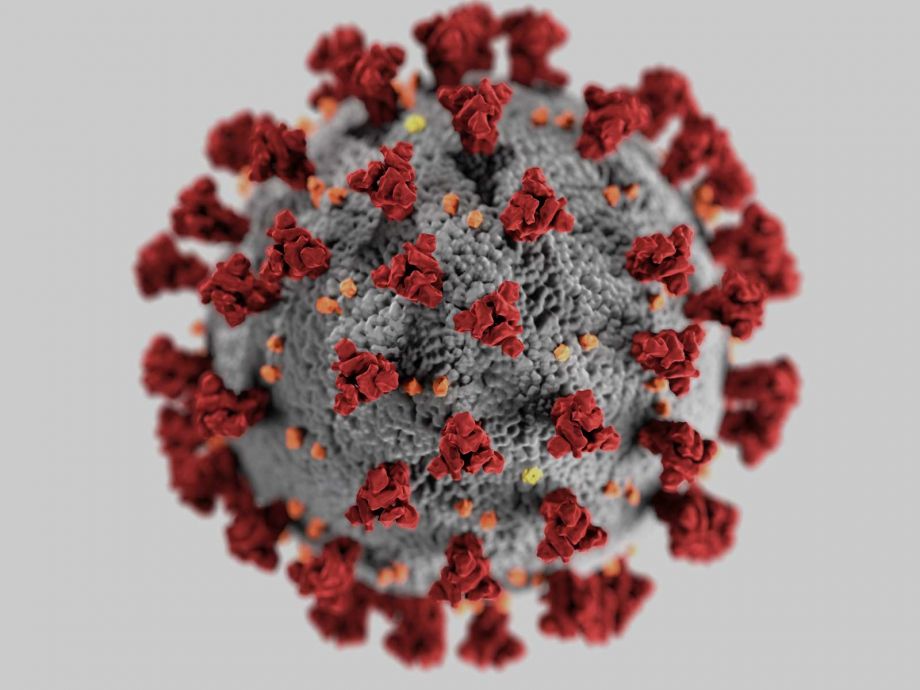Impacts of Fishery Regulation on Local Economic Welfare
General equilibrium tragedy of the commons (IADB)
A series of projects by IDRA affiliates expands the focus of fishery research from individual fishers to whole fishing communities. Interactions among fishing and non-fishing households and activities shape the impacts of fishery reforms on welfare and poverty, as well as the sustainability of the fisheries, themselves. One of our most recent studies won the Best Article of 2023 award from the journal Marine Resource Economics.
Funding Agencies: Inter-American Development Bank (IADB), The David and Lucile Packard Foundation Grant 2014-40350, The World Bank, and the National Institute of Food and Agriculture (NIFA).
Objective: To understand the impact of fishery regulation and interventions on fisher and non-fisher households in fishing communities.
Methods: Bioeconomic modeling and local economy-wide impact evaluation (LEWIE)
Approach: We integrate bio-economic models of fisheries with general equilibrium (GE) models of fishing communities, constructed from micro-survey data.
Key findings: Fishing activities have strong linkages with other sectors in local economies. Because of this, unmanaged resources cause inefficient allocations of inputs across all sectors, and the effects of resource management spill into other sectors, creating a GE Tragedy of the Commons. Compensating losers is likely to be a prerequisite to the successful implementation of sustainable resource management measures in poor economies. Governments and donors need to consider impacts beyond the resource-extracting households. They also should consider environmental consequences of policies that do not focus on resource conservation. In a Philippine fishing community that is a net importer of fish, we show that a government cash transfer program initially increases real incomes for all households. However, increased demand for fish leads to a decline in the local fish stock that reduces program benefits. Household groups experience declines in real income benefits of 2–63%, with fishing households suffering the largest declines.
Articles:
Winner of the 2003 Best Article award:
Gilliland, T.E., Sanchirico, J.N. and Taylor, J.E., 2022. A Bioeconomic Local General Equilibrium Assessment of Distributional Consequences of Small-Scale Fisheries Reform in Developing Countries. Marine Resource Economics, 37(2), pp.111-134.
Market-driven bioeconomic general equilibrium impacts of tourism on resource-dependent local economies: A case from the western Philippines
Journal of Environmental Management, Volume 271, 2020, 110968, ISSN 0301-4797.
Ted E. Gilliland, James N. Sanchirico, J. Edward Taylor
Abstract: Tourism is frequently promoted as a strategy for sustainable economic development in developing countries. However, the preferred methodology for empirically assessing tourism's economic impacts on local economies, applied computable general equilibrium (CGE) modeling, does not account for how tourism affects local natural resource stocks upon which many households depend. We develop a bioeconomic local CGE model to show how market-driven impacts of tourism expansion affect natural resource availability over time. We then show how changes in resource availability affect local incomes of different socioeconomic groups. We parameterize our model with household, business, and tourist survey data from a municipality in the Philippines. We find that tourism expansion increases local real incomes in the short run, but this causes a decline in a local open-access natural resource that erodes real incomes over time, particularly for households engaged in the natural resource sector. Different market integration contexts, as expressed through trade linkages, can mitigate natural resource decline, but this reduces the overall local economic benefit of tourism.
Keywords: Tourism; Natural resources; Economic development; Bioeconomic models; CGE model
https://www.sciencedirect.com/science/article/pii/S0301479720308963?via%3Dihub
